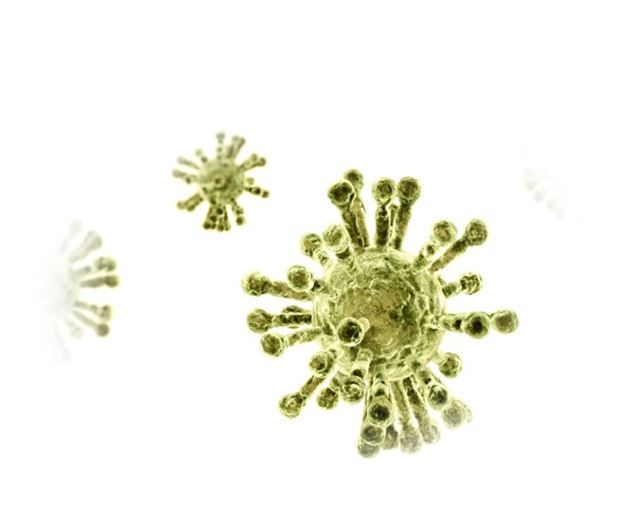COVID-19 Viral Load in Asymptomatic Patient Found Similar to Those Overtly Ill
Research from China reported in NEJM suggests SARS-CoV-2 transmission potential of patients with minimal or no symptoms, complicating detection and containment picture.
(©grandeduc/stock.adobe.com)

SARS-CoV-2, now commonly identified as the resulting infeciton, COVID-19, is proving distinctly different from SARS-CoV, the coronavirus that caused a global epidemic in 2002-03, in ways that challenge current detection and containment strategies. SARS-CoV, a genetic cousin of SARS-CoV-2, was responsible for 8096 confirmed cases in more than 25 countries.
Transmision of SARS-CoV was seen mostly after several days of illness. Early on, viral load in the respiratory tract was modest, peaking approximately 10 days after symptom onset. As reported in a research letter to the editor of the New England Journal of Medicine in February, the COVID-19 pattern is quite different.
The authors, from Guangdong Provincial Center for Disease Control and Prevention, Guangzhou, China, monitored SARS-CoV-2 viral loads in upper respiratory specimens taken from 18 patients (9 men, 9 women; median age, 59 years (26-76), in Zhuhai, Guangdong, China, within 2 family clusters. Four patients had secondary infections and one of those remained asymptomatic. The asymptomatic individual was a close contact of a known case and was thus monitored.
A total of 72 each nasal and throat swabs were analyzed, with 1 to 9 sequential samples obtained from each patient.
Beteween January 7 and January 26, 2020, 14 patients who had recently returned from Wuhan province and had fever (≥37.3°C) received a diagnosis of COVID-19 by means of reverse-transcriptase–polymerase-chain-reaction assay with primers and probes targeting the N and Orf1b genes of SARS-CoV-2; the assay was developed by the Chinese Center for Disease Control and Prevention.
Samples were tested at the Guangdong Provincial Center for Disease Control and Prevention.
Evidence of pneumonia was seen on CT scan for 13 of 14 patients with imported infection. None of them had visited the Huanan Seafood Wholesale Market in Wuhan within 14 days before symptom onset.
Three patients required admission to the ICU while illness in the others was characterized as mild-to-moderate.
Viral load in swabs from nasal passages and throat were analyzed in relation to day of onset of any symptoms. Increased viral loads were detected shortly after symptom onset and higher viral loads were noted in the nose than in the throat.
____________________________________________________________
Increased viral loads were detected shortly after symptom onset and higher viral loads were noted in the nose than in the throat. ____________________________________________________________
The authors report that the viral nucleic acid shedding pattern of patients infected with SARS-CoV-2 is similar to that of patients infected with influenza and appears different from the pattern seen in patients infected with SARS-CoV.
In the one asymptomatic patient, viral load was similar to that found in those with symptoms. This finding, the authors state, suggests the potential for virus transmission by asymptomatic or minimally symptomatic persons. The finding also supports current reports that transmission may occur soon after infection. The high potential for early transmission also suggests that strategies used for detection of cases and subsequent isolation will need to be different from those required for the control of SARS-CoV.
____________________________________________________________
In the one asymptomatic patient, viral load was similar to that found in those with symptoms. This finding, the authors state, suggests the potential for virus transmission by asymptomatic or minimally symptomatic persons.
____________________________________________________________An open question is how the COVID-19 viral load correlates wtih culturalable virus. The identification of asymptomatic individuals and those with only modest levels of detectable viral RNA in the oropharynx for at least 5 days, say the authors in conclucsion, points to the need for better data to help characterize transmission dynamics and inform screening practices going forward.
2 Commerce Drive
Cranbury, NJ 08512
All rights reserved.